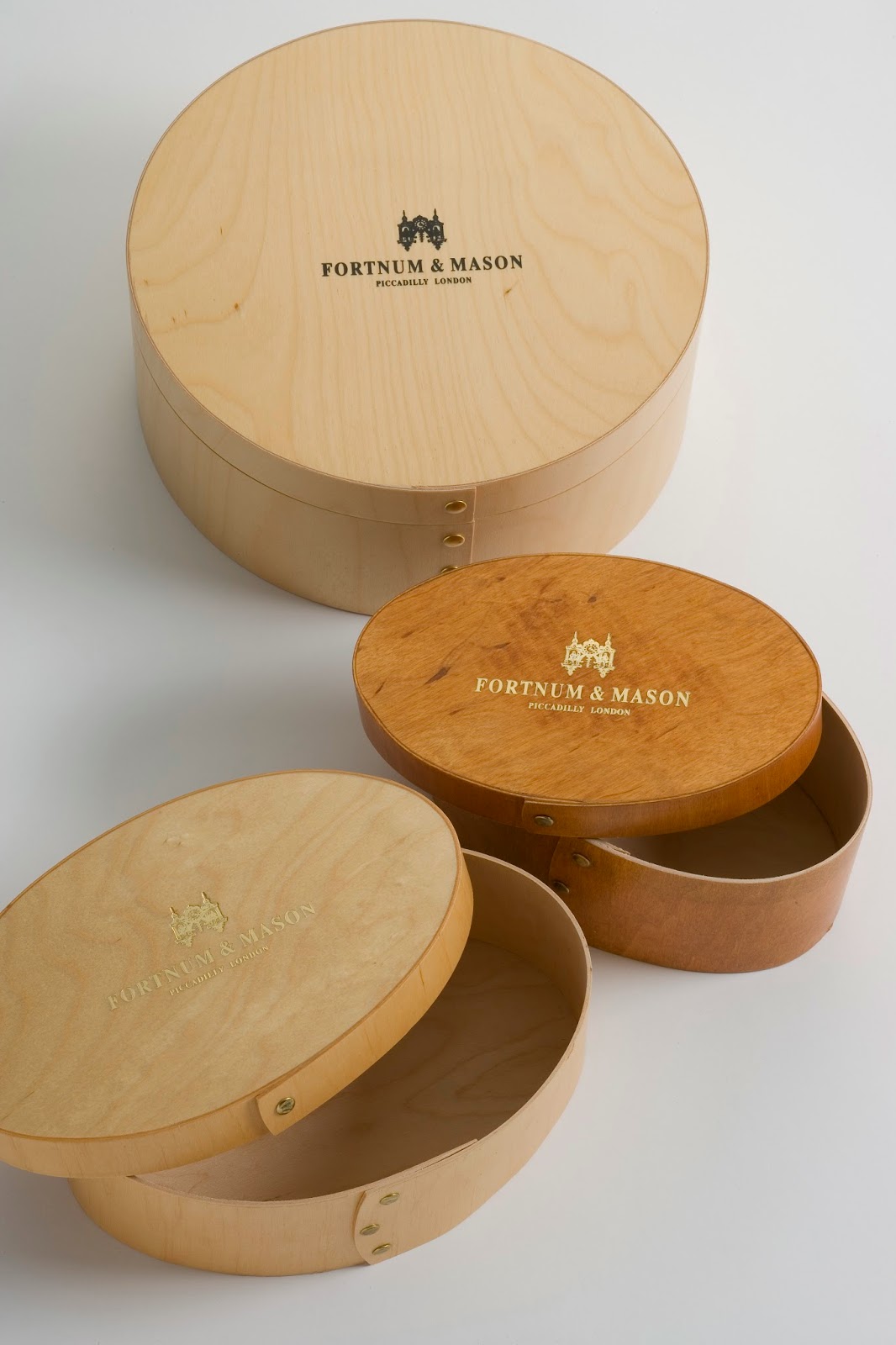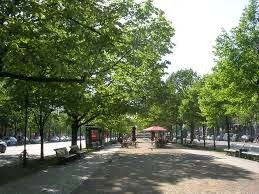Promotional products are generally inexpensive useful and / or fun items with the company's name, logo, message or offer imprinted on them and are often given away free. This form of marketing is sometimes called 'speciality advertising'.
A wide range of promotional products are manufactured today, including calendars, mugs, t-shirts, pens, coasters, key rings etc. The list comprises literally 1000's of products and if you look around your office, or home you'll probably find one.
With the advent of the Internet and social media, promotional products are often overlooked as part of a business marketing campaign. However, it's been shown that an effective promotional product campaign can boost a company's good will standing with it's customers by as much as 52%!
Smart marketers realize that promotional products can be very effective in reaching a specific target audience, which is one of the key objectives of marketing, whether online or offline.
With the advent of the Internet and social media, promotional products are often overlooked as part of a business marketing campaign. However, it's been shown that an effective promotional product campaign can boost a company's good will standing with it's customers by as much as 52%!
Smart marketers realize that promotional products can be very effective in reaching a specific target audience, which is one of the key objectives of marketing, whether online or offline.
Polmac (UK) Ltd Promotional Playing Card Boxes
Promotional products are designed to be useful, or fun because the goal is to keep them and the branding they represent in front of the customer/ prospect for as long as possible.
Promotional products work on the principle that if you give someone a gift, they'll feel the need to give something back in return. This could be customer loyalty, repeat business, testimonials and recommendations to other businesses.
The best promotional products are those that allow the customer/ prospect to interact with the item. Puzzles and playing cards are a good example of promotional products that allow good interaction.
Promotional products are often given away free at trade shows to draw people in and increase excitement and effectiveness.
Polmac (UK) Ltd supplies, custom made, wood presentation boxes including promotional boxes for a wide range of marketing products. They're beautifully made, versatile and terrific value, which means they help boost product sales!








































.jpg)








